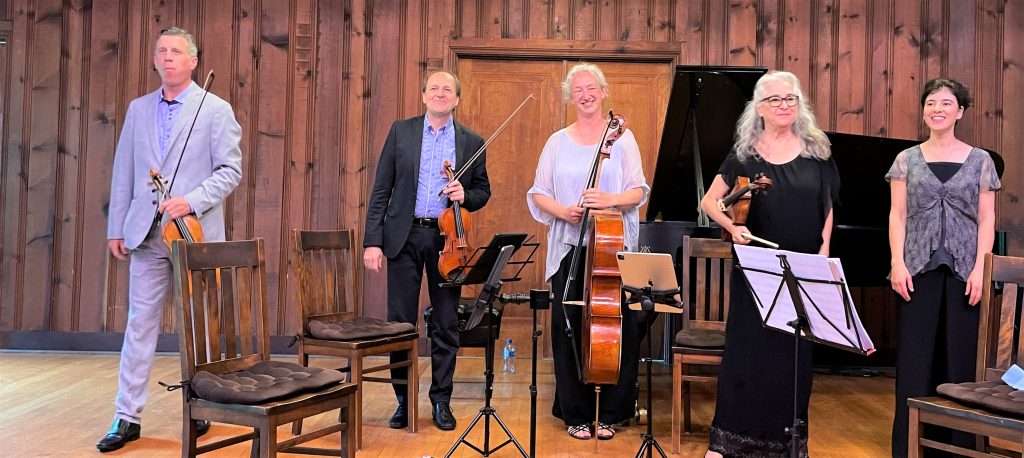
by Kevin T. McEneaney
The concert was preceded by a fifteen-minute film, The Odyssey of a piano prodigy from Holocaust to Music Mountain about an event in the Holocaust during World War II, which connected two young girls who survived a concentration camp and were brought to Julliard School on scholarship for further music education; one of them often played at Music Mountain. Greg Dawson spoke of his intimate family connection and Candy Dawson, who wrote and produced the film, had two books about them for purchase. Their story was amazing and riveting.
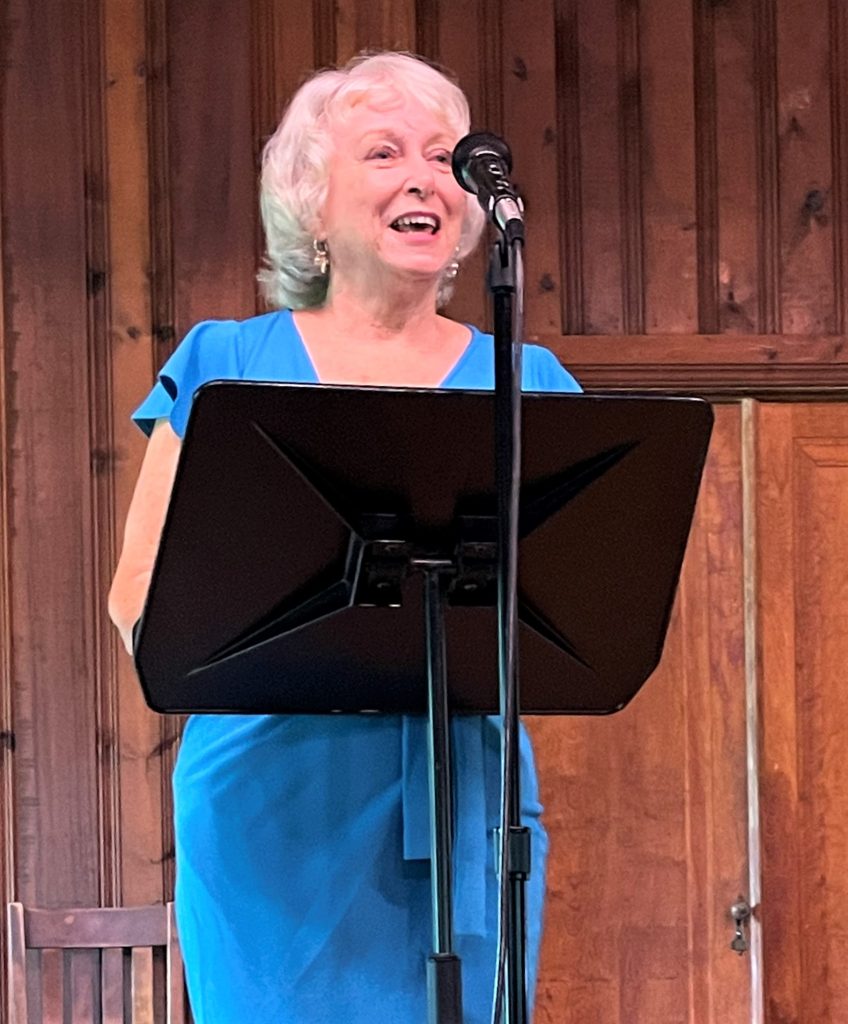
At the ninety-fourth year of Music Mountain, the Penderecki Quartet, now a global presence, is in its 36th year. (They are one of my favorite quartets.) They opened with String Quartet in C Minor, Op. 51#1 (1873). Critics agree that this work, over which he labored greatly, is the announcement of his mature style whereby he achieved a density and economy without any trace of a superfluous note as he worked contrasting themes through fugue and sonata format as he appears to be competing with Beethoven’s middle period. The energy of the outer movements remains startling. Jerzy Kaplanek, on first violin, exuded eloquent ferocity while Katie Schlaikjer on cello laid down a resonant foundation. Jeremy Bell on second violin was so lyrically intense that he appeared to be conjuring magic, while on viola Christine Vlajk rounded out the unified sound of the group. The melody of the second movement is enchanting The more improvisational third movement was electric in performance. The final movement reveals the role of the first movement and its playful digressions so that we experience the joy of solving a puzzle, perhaps like solving a Rubik’s cube.
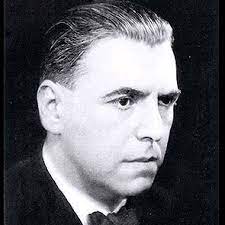
Five Pieces for String Quartet (1923) by Erwin Schullhof (1894-1942), a Jewish Austro-Czech composer who worked under a pseudonym as a radio pianist in Czechoslovakia. When the Nazi’s discovered that he had successfully applied for Russian citizenship, he was arrested and put in prison where he died of tuberculosis. As a composer, he was an early modernist minimalist who was influenced by American jazz. This work was an amusing satire on five dances, beginning with the waltz. I suspect that this work may have been inspired by Serenade for Strings, Op. 48 (1880) by Piotr Ilyich Tchaikovsky, which features a lengthy satire on the Viennese waltz where the tempo slows with a whine for satiric effect. Schullhof instead speeds up tempo for the dances: waltz, serenade, a Check folk tune, tango, and concludes with a raucous tarantella which, in a reversal, is not satiric becasue everone wants to be rid of a spiders poison. Satiric minimalist pizzicato concludes the third and fourth of the five movements. Although this work is rather short, it was a reminder that not all music need be super-serious, and that wit and playfulness retain a vital comic role in every aspect of our lives.
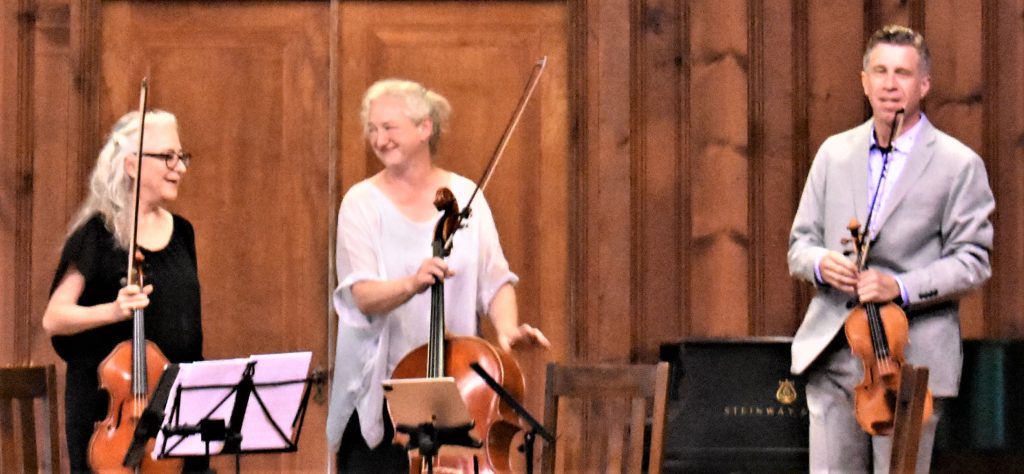
Piano Quintet in C Major, Sz. 23 was first performed by the Prill Quartet on November 11, 1904, with composer Bela Bartók at the piano when he was 23 years old. It had been entered into competition for the Parisian Prix Rubinstein composition earlier in the year, however, it was judged too difficult to play and no award was given for that year. Bartók was vexed not only because they could not quickly find talented musicians to accompany him, but also for the thankless labor of having to make a second copy of the score.
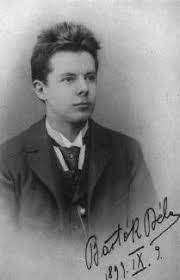
Bartok was so angry that he forbade its publication. This early work remained neglected and was resurrected by the Juilliard String Quartet and Beveridge Webster in 1973 at Alice Tully Hall. The work is, quite frankly, eclectic, with the strings inhabiting the ambiance of the nineteenth century and the dominating piano attempting to lead the strings into the 20th century with the brash confidence of Franz Liszt. Along the way there are marvelous harmonies and unusual Hungarian tunes, yet the work appears to dramatize various possibilities of discovering a theme. One hears the influence of Mozart, Liszt, Brahms, Dvorak, Strauss, and Wagner as if they were samples of good composers that he was attempting to transcend as he integrates all into a new Hungarian identity. The difficult role of the violin was handled with formidable virtuosity by Jerzy Kaplanek, yet the work demands a pianist of the caliber of Bela Bartók himself and here Anya Alexeyev authoritatively led on keyboard.
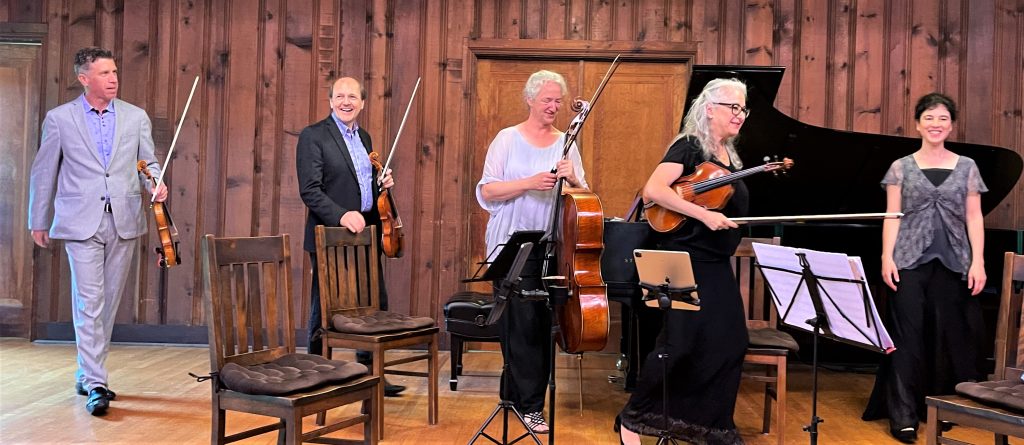
I found the opening attractively mysterious and compelling, yet I most favored the rather lengthy fourth movement which had a delightful section that reminded me of Mozart’s Piano Concerto in E-flat Major, K.449 (1784) which was played at Music Mountain this past Spring (see https://themillbrookindependent.com/?p=3230). Mozart’s piano requests his three string students to answer a question and they individually respond and grow together for a finale. Similarly, Anya at piano asks the strings to suggest a solo tune, first to cello, then viola, second violin, and first violin. The piano then integrates their suggested tunes into near-symphonic orchestral presentation with an impressionistic Liszt-like finale which was magnificent! I think it remains important to revive little-performed works of serious accomplishment and was grateful to hear this unusual and forgotten work.